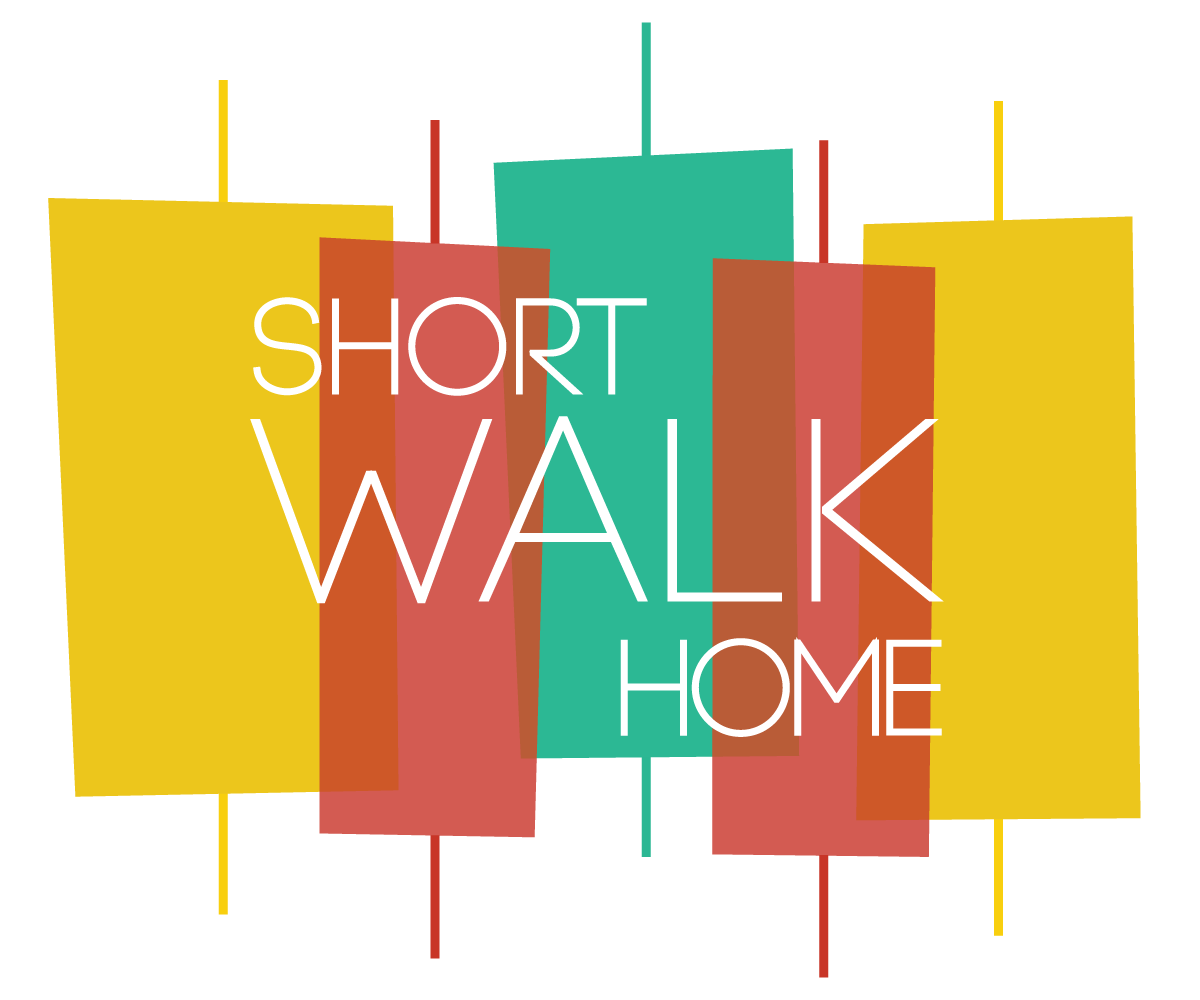Sometimes this city girl wants to put on cowboy boots, roam through an open field of wildflowers and love on a pet pig named Lovey. I’ve shared with you that my husband, Kurt and I are searching for our own spot of land. In my last article about land, we discussed farmland; now I would like to talk about acreage.
I am compelled to write about land acquisition because I didn’t realize how much there is to learn about the land-buying process until I started looking for us. At the same time, those calls from clients for space out of the city has increased by, like, a lot (no pun intended). It’s clear the shift to land buying is in full swing and we all need to get up to snuff.
Some people want to get out of the city, want some space, don’t want to be on top of their neighbors, etc. They are looking for acreage. Remember, in real estate, searching for land for sale is all grouped under the heading: lot/acre/farm. The North Carolina Real Estate Commission doesn’t decide what defines each of those terms, so the understanding is somewhat anecdotal and based on perception.
WHAT IS CONSIDERED ACREAGE?
Acreage is a very broad catch all but one thing that can decipher “acreage” is the lack of or limited infrastructure (power, water, sewage, roads, or buildings). We found a piece of land in Leicester, just West of Asheville. It’s in an area called Green Valley and it’s absolutely beautiful. We walked up on the sides of the valley to find a sweeping view of the fields and streams below. We absolutely fell in love.
The land at the time was approximately $12,000/acre. The property was 96 acres, so let’s do the math: 96 x 12,000 = $1,152,000. The going rate per acre in Buncombe County is approximately $20k – $30k per acre so $12k was a good value.
But the purchase price is not where the investment ends.
COST OF INVESTMENT
Here are some other costs to consider:
- Building costs: We’re looking at about $350-$400 /square foot. If we want a modest 2,000 square foot home we would be lucky to get away with a construction bill of $650,000 – 700,000.
- Infrastructure: Before we could start building we would need to get power and some kind of paved road
- Well/septic: This property did have both, but we have no idea how old or in what condition. The presence of a well does not ensure there’s water you can use. Well water needs to be tested for bacteria and other toxins. Plus, wells can dry up. Septic tanks need to be inspected. They could be clogged or the structure could be compromised.
- Land work: some clearing and leveling are usually needed for any building scenario
- Most landowners also need and very much want out buildings, I’m not going anywhere without a barn. The cost of outbuildings can vary.
We became a bit overwhelmed by the investment size for this particular piece of property and decided to keep looking. The cost realization hits most buyers that are shopping in the acreage category. But that’s where we are still looking because we love the idea of building exactly what we want in a beautiful setting.
I’ve had clients over the years call me for different versions of “land”. Most wanted in-town lots to build on. That’s right up my alley and not terribly hard to find.
We will talk more about lots in my next installment.
“Land is the only thing in the world that amounts to anything, for it’s the only thing in this world that lasts. It’s the only thing worth working for, worth fighting for…”
– Margaret Mitchell, Gone With The Wind




